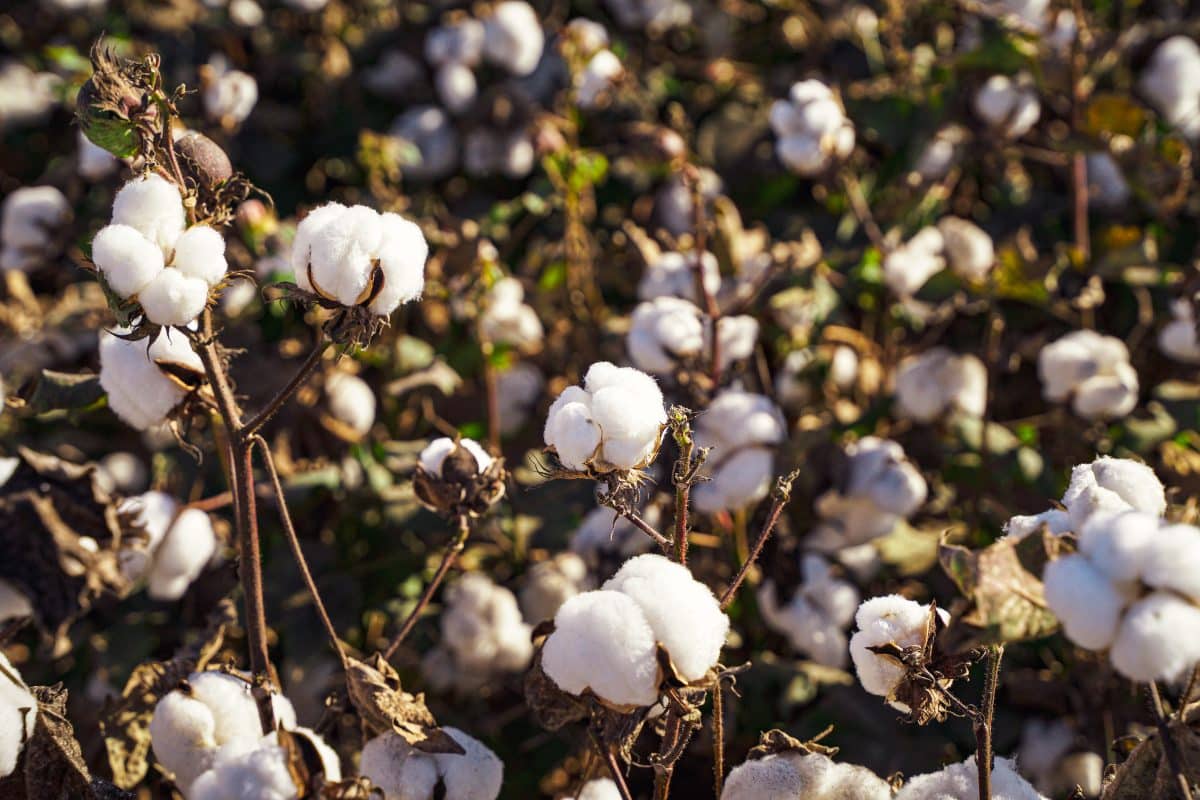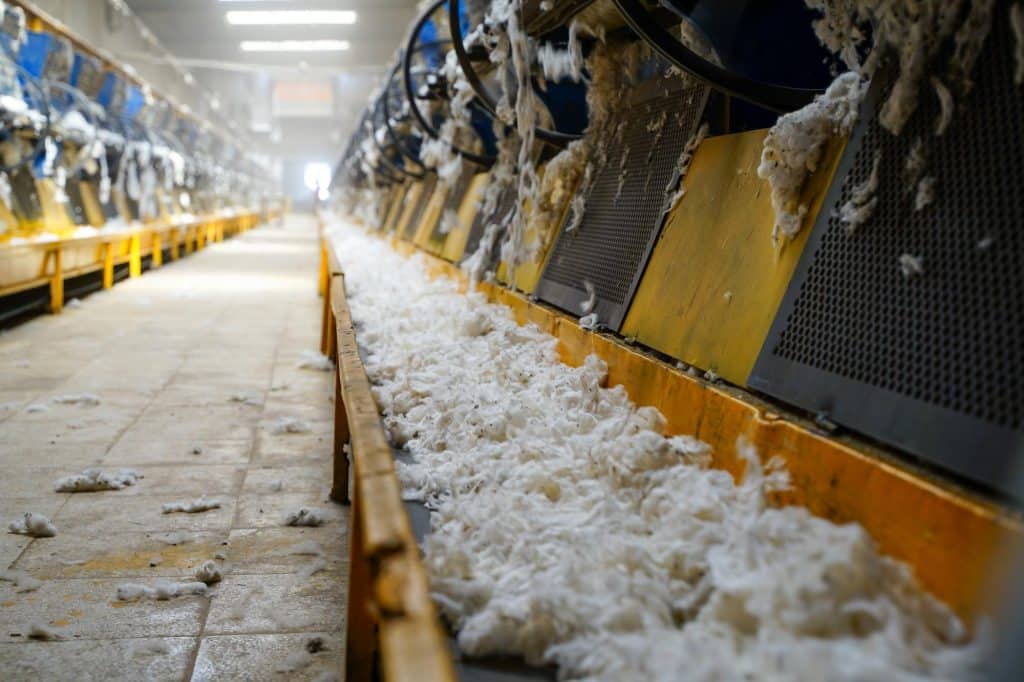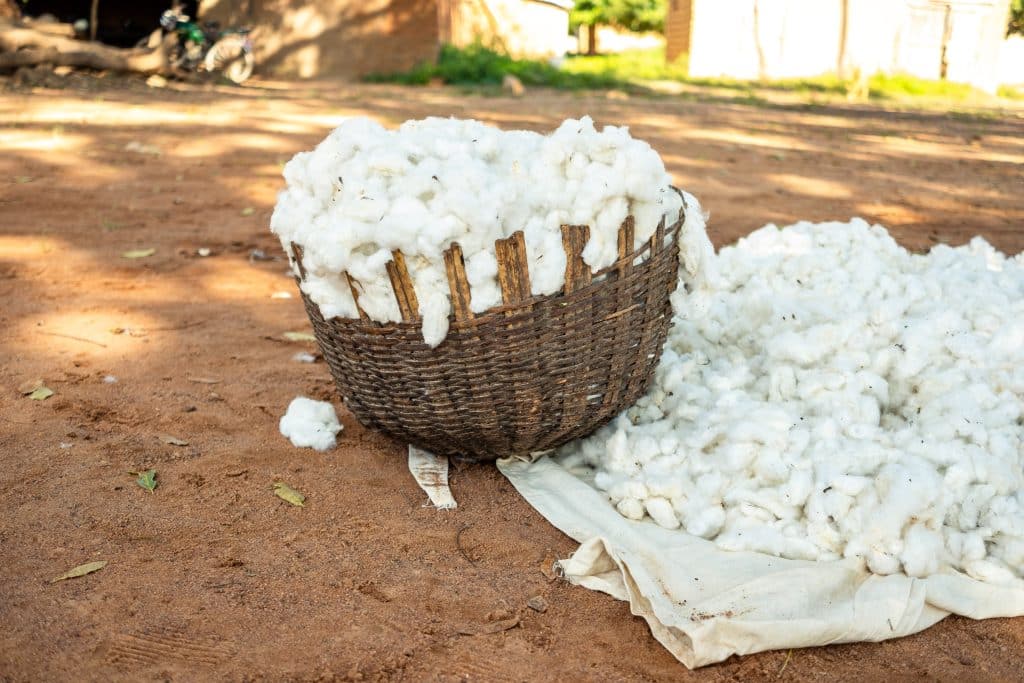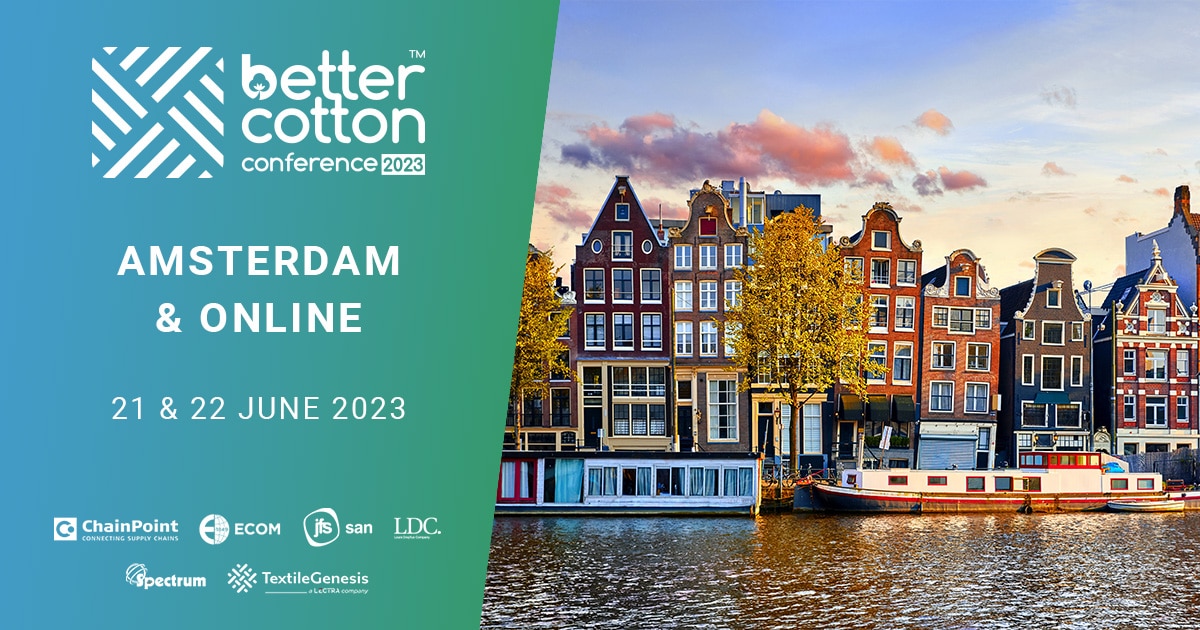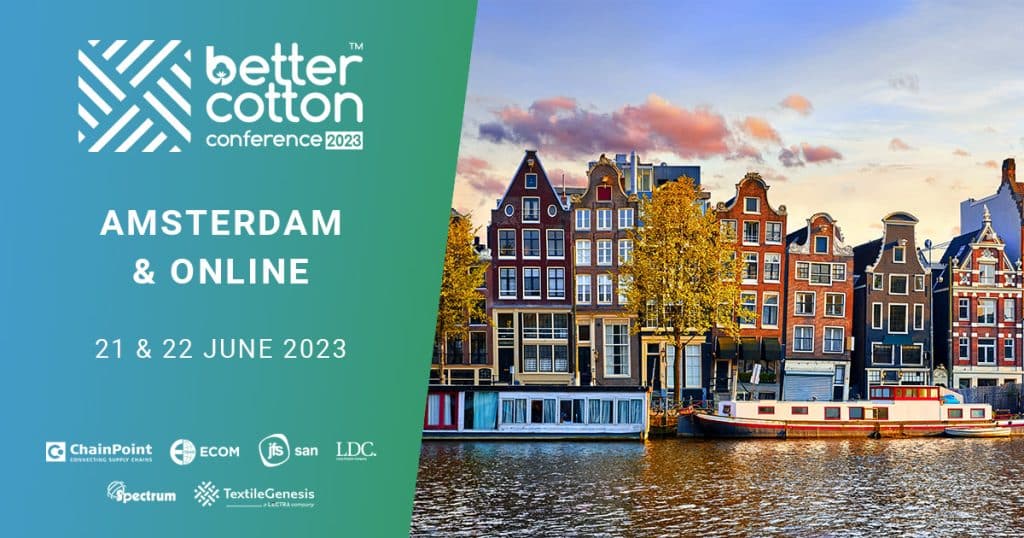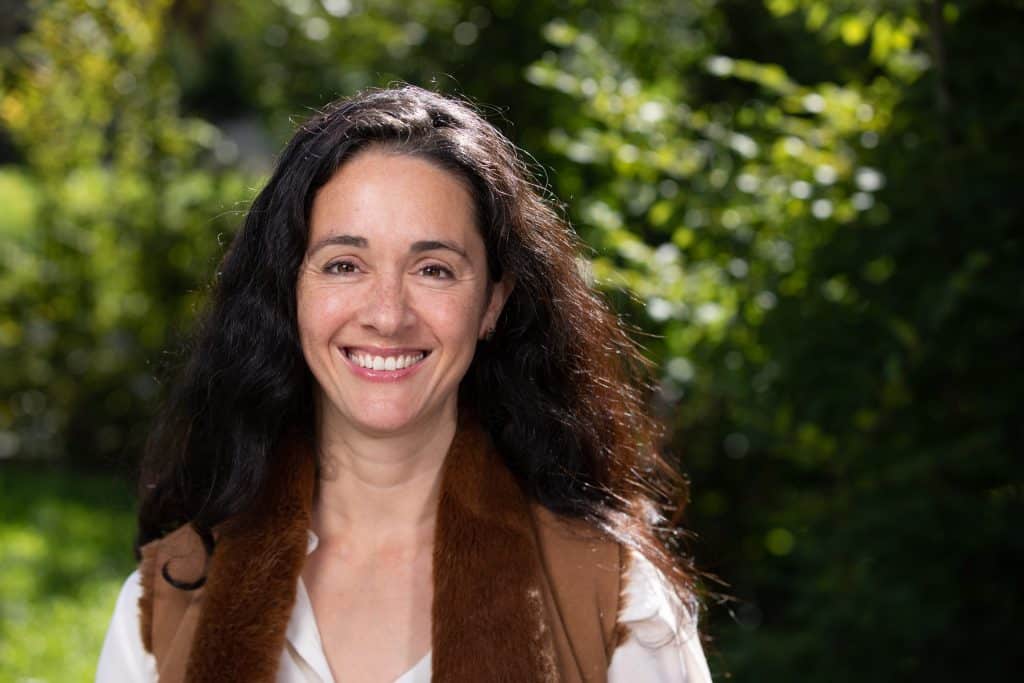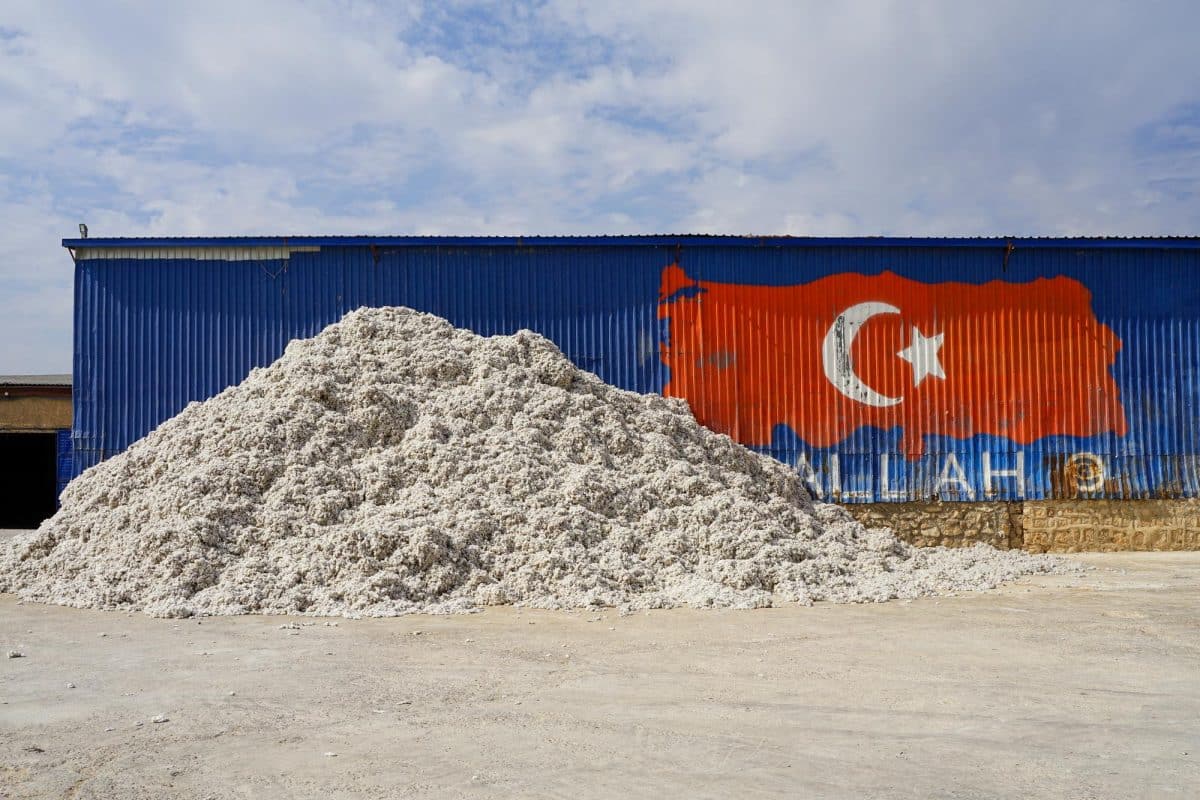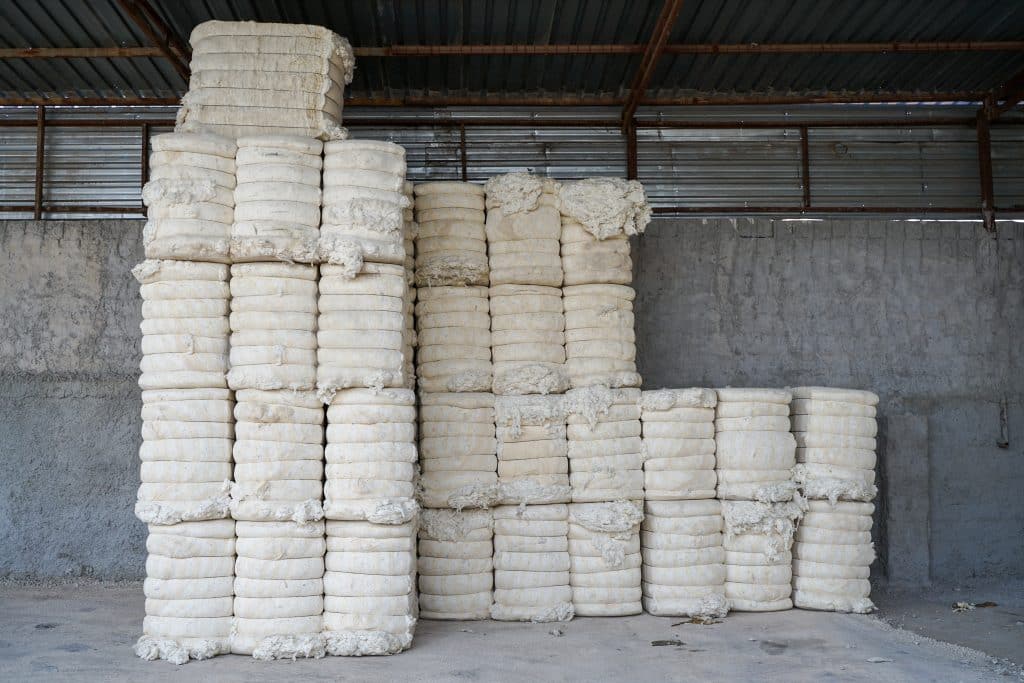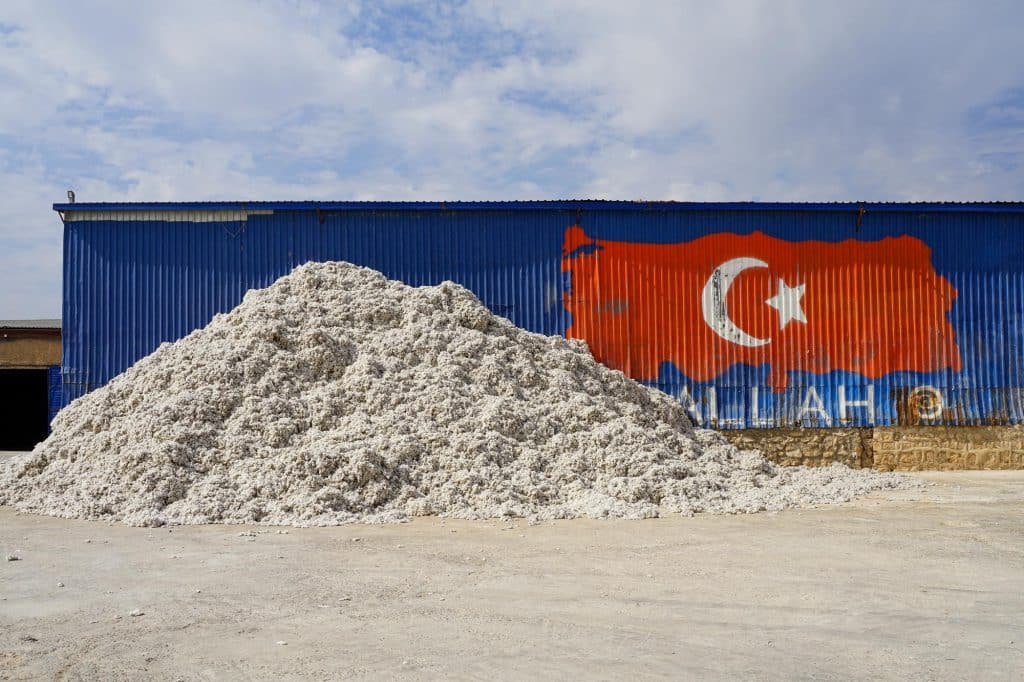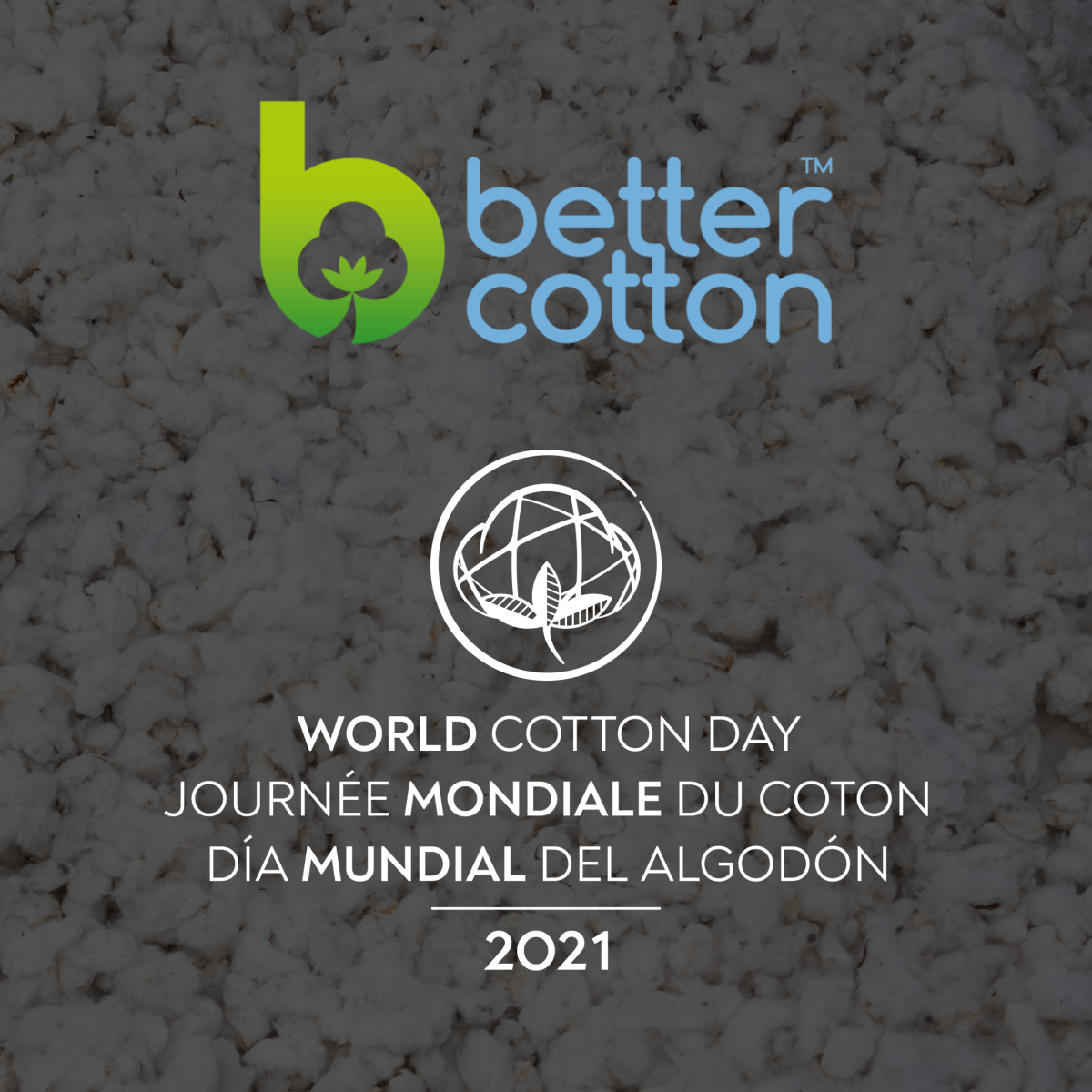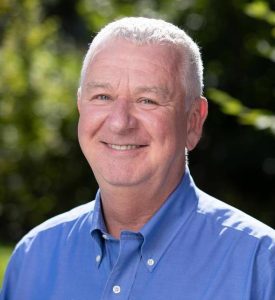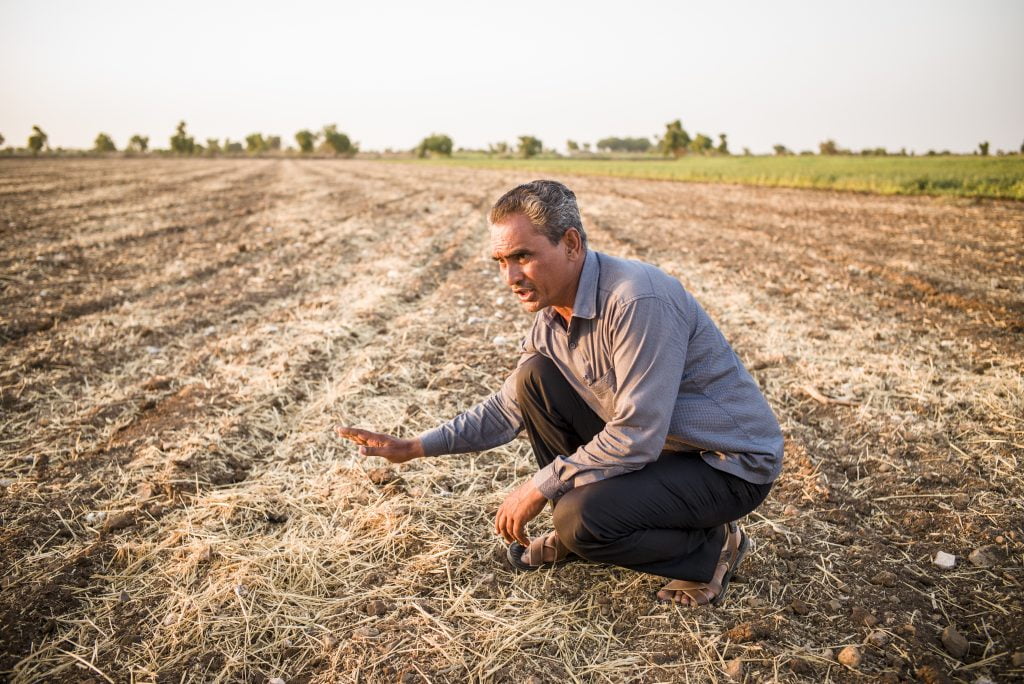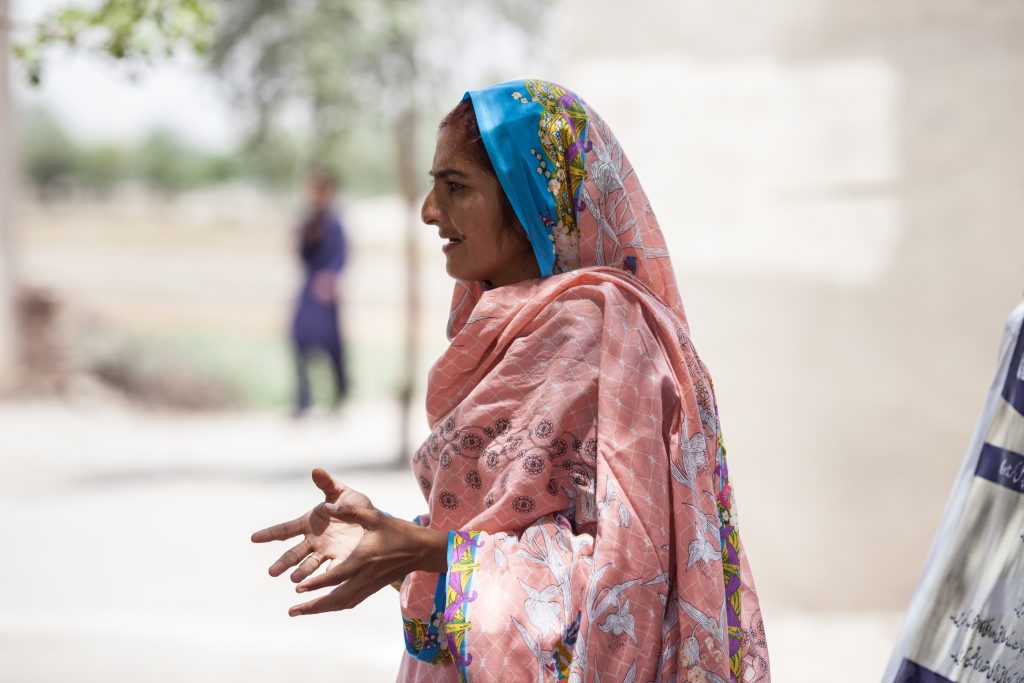Better Cotton Impact Targets: Q&A with Tamar Hoek, Better Cotton Council Member and Solidaridad’s Senior Policy Director for Sustainable Fashion


Ninety-nine percent of the world’s cotton farmers are smallholders. And whilst production capacities per farmer may be small, together, they represent the bedrock of an entire industry, enabling its global reach.
With the launch of our recent 2030 Impact Target to promote Sustainable Livelihoods, we’re committed to increasing the net income and resilience of two million cotton farmers and workers.
It’s a bold ambition and one we won’t be able to reach without the support of a vast network of partners. In this Q&A, we hear from Better Cotton Council member and Solidaridad’s Senior Policy Director for Sustainable Fashion, Tamar Hoek, about the complexity of this topic and the role Better Cotton can play in supporting smallholders.
In supporting the development of Better Cotton’s Smallholder Livelihoods Impact Target, what issues were you and Solidaridad most keen to see the organisation address and how do you think its target will contribute to achieving this?
We are glad that Better Cotton decided to include net income and resilience for farmers as one of its targets. The livelihoods of farmers and farm workers depend on the price that is paid for the cotton but also on how capable the farmer is of dealing with uncertainties in production. For Solidaridad, the topic of living income has been high on our agenda for years. With the scale that Better Cotton brings, this new target can potentially lead to a higher income for a lot of farmers around the world, which is the first step towards a living income. The target will hopefully lead to appropriate tools for increasing net income, greater awareness in the value chain, best practices and income benchmarks that are needed to eventually scale the improvements.
With the scale that Better Cotton brings, this new target can potentially lead to a higher income for a lot of farmers around the world, which is the first step towards a living income.
What influence would increasing cotton farmers’ net income have on their ability to promote more sustainable agricultural practices and react to shocks and stressors in the market and the environment?
First of all, increasing a net income should give the farmer the opportunity to improve their livelihood, the situation of his/her family and to save for unexpected situations. Then, improvements can allow for payment of better wages and working conditions, the purchase of health and safety equipment, and perhaps investment into more sustainable pesticides and fertilisers. We all know that the price that is paid for cotton is not enough for all of these investments, both socially and environmentally. Therefore, the increase of the price – and with that the net income – is a start that will allow for a lot of improvements that are needed for more sustainable production. (Editor’s note: While Better Cotton strives for the collective improvement of sustainable livelihoods, our programmes have no direct influence over pricing or commercial activities)
Given Better Cotton’s global reach, can you discuss the potential for its Impact Target to address structural poverty which persists in the sector?
Hopefully, Better Cotton will join forces with other organisations in the industry to scale the impact of the target and collectively come to a living income demand for all cotton farmers in the world. Better Cotton will need to lobby with policymakers, local governments and other stakeholders in the value chain to make sure that the right enabling environment is in place to get rid of systemic issues. Addressing structural poverty is ambitious but that will not happen overnight with just raising the net income of a group of farmers and looking at their resilience. It eventually needs a whole value chain to change and, for that, Better Cotton needs to work collaboratively.
Read more


